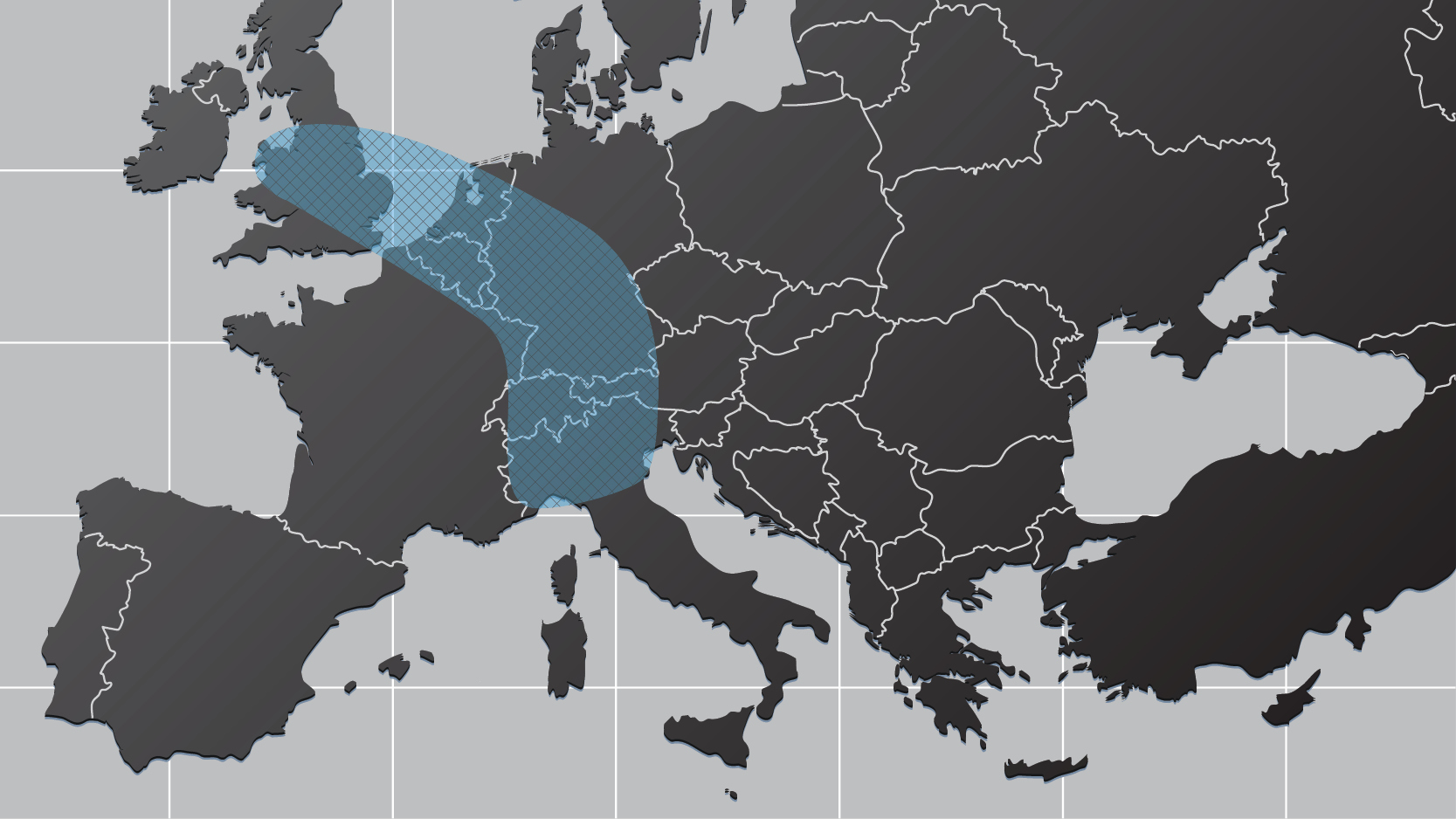Opportunities on the EDGE of data
As the world adjusts to life with COVID-19, there will be many lessons learnt about the pandemic. How did we adapt? How well did we respond? What did we get right? What did we get wrong? Which systems and technology did we turn to that helped us to continue to perform life’s various tasks in a COVID world?
One thing is certain. The adoption of cloud-based IT systems enabled many to continue working remotely in a way that would have been unimaginable as little as ten years ago. The pandemic is pushing everyone to adapt to new circumstances and forcing even the most stalwart office workers to change the habits of a lifetime.
Whether remote working becomes the new normal or not is almost irrelevant. The exponential growth of data created by social media, mobile devices, video streaming and cloud computing has been with us for some time and this has driven an unprecedented demand for data and data centres. This demand has only been accelerated by COVID-19 as it pushes even more of modern life and business online.
Of course, behind every online and cloud-based technology, there is something physical – an asset sitting on a strategically-chosen plot of land somewhere in the world. These data centres are the engines that power the modern data-driven world.
With more than $100 billion invested in data centres over the past decade by a broad cross section of institutional investors including pension funds, private equity, infrastructure funds and sovereign wealth funds, the growth potential of the sector is well-established. With strong real estate asset backing and long-term leases against world class Hyperscale and Cloud operators, investors have realised data centre properties provide stable income, downside protection and strong potential upside.
The challenge investors face is how to find the right investment opportunity capable of providing these attractive returns over the long term. As much an infrastructure asset as a straight real estate investment, a thorough understanding of data centre fundamentals and demand drivers is essential.
Among these, the ability to assess the suitability of the land, where it sits in the ecosystem of data centres and the level of political and regulatory support is crucial.
For example, in Singapore, where land availability is a major constraint, multi-level facilities are being constructed, whereas in other jurisdictions proximity of a data centre site to power facilities and fibre connectivity are defining considerations.
From an environmental, social and governance (ESG) perspective, and in a world where businesses including the major cloud storage providers like Google, Microsoft and Amazon have set themselves ambitious targets to become carbon neutral by 2050, availability of renewable power sources is a major consideration.
Different jurisdictions can also offer a broad variety of incentives, particularly where competition between countries or states is high. These come predominantly in the form of sales or property tax incentives and can have significant influence on a project’s overall viability. These incentives are mainly offered in the USA, with competing states and counties courting data centre users.
Latency is a key issue
Roughly speaking, latency is linked to the amount of time it takes data to travel from user to data centre and then back to user. Perhaps surprisingly, in an era of super-fast fibre communications, the physical distance of the data centre from the user or customer is a still a key factor in determining latency.
As technology advances and applications based on the Internet of Things (IoT) pervade our everyday lives, latency is one of the key considerations for end users. After all, would you trust a driverless car if you knew it was prone to glitches caused by connectivity issues and latency?
To address the latency issue, organisations have developed smaller data centres, so-called EDGE data centres, which are located closer to the end user. They typically connect to a larger primary data centres. By processing data and services as close to the end user as possible, edge computing allows organisations to reduce latency, thus enabling the adoption of services and applications linked to the IoT.



